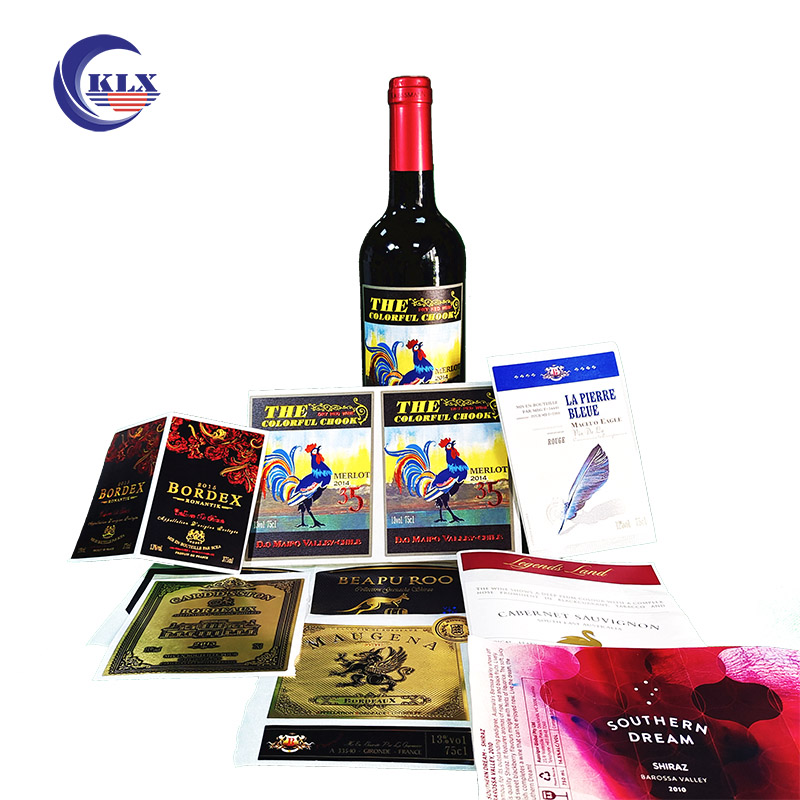Features and aspects associated with wine labels
2024-02-22
A wine label is a paper or other material affixed to a bottle of wine that provides essential information about the wine and its producer. Wine labels serve multiple purposes, including conveying brand identity, describing the wine's characteristics, and meeting regulatory requirements. Here are key features and aspects associated with wine labels:
1. Brand Name and Logo:
- The label prominently displays the winery's or wine producer's brand name and logo. This is crucial for brand recognition and establishing a visual identity.
2. Wine Name and Type:
- The specific name of the wine is featured on the label, including any varietal or proprietary names. The type of wine (red, white) is also indicated.
3. Appellation of Origin:
- Wine labels often include the appellation of origin, specifying the region or country where the grapes were grown. This can be a general geographical indication or a more specific designation.
4. Vintage Year:
- The vintage year indicates the year the grapes were harvested. This is particularly important for wines that vary in quality from year to year due to weather conditions.
5. Alcohol Content:
- The alcohol by volume (ABV) percentage is typically stated on the label. This information is required by regulatory authorities and helps consumers gauge the strength of the wine.
6. Producer Information:
- Details about the winery or producer, such as the physical address, website, or contact information, may be included on the label.
7. Government Warning:
- In some regions, a government-mandated warning about the potential health risks associated with alcohol consumption is required on the label.
8. Net Contents:
- The volume of wine in the bottle is indicated on the label, typically in milliliters or liters. Common bottle sizes include 750 ml for standard wine bottles.
9. Wine Description:
- A brief description of the wine's flavor profile, aroma, or unique characteristics may be included to guide consumers in their selection.
10. Awards and Accolades:
- If the wine has received awards or accolades in competitions, this information may be showcased on the label to enhance the wine's perceived quality.
11. Winemaking Information:
- Some labels provide details about the winemaking process, such as whether the wine was aged in oak barrels, the fermentation method, or other production-related aspects.
12. Sustainability or Organic Certification:
- Labels may highlight any sustainable, organic, or biodynamic certifications, indicating environmentally friendly and ethical production practices.
13. Barcodes and QR Codes:
- For retail and inventory management, wine labels may feature barcodes or QR codes that store information about the wine, aiding in tracking and sales.
14. Design Elements:
- Wine labels often incorporate design elements, including color schemes, typography, and imagery, to create an aesthetically pleasing and distinctive look that reflects the brand's identity.
15. Label Material and Finish:
- The choice of label material, such as paper or textured materials, and the finish, such as matte or glossy, contribute to the overall visual appeal of the wine label.
16. Wine Region or Estate Name:
- Labels may highlight specific wine regions or estate names associated with the vineyards where the grapes are grown.
Wine labels are crucial marketing tools, providing consumers with information to make informed purchasing decisions while contributing to the overall branding and identity of the winery or producer. Regulatory requirements for wine labels vary by country, and labels must comply with specific standards to be legally sold in those regions.



